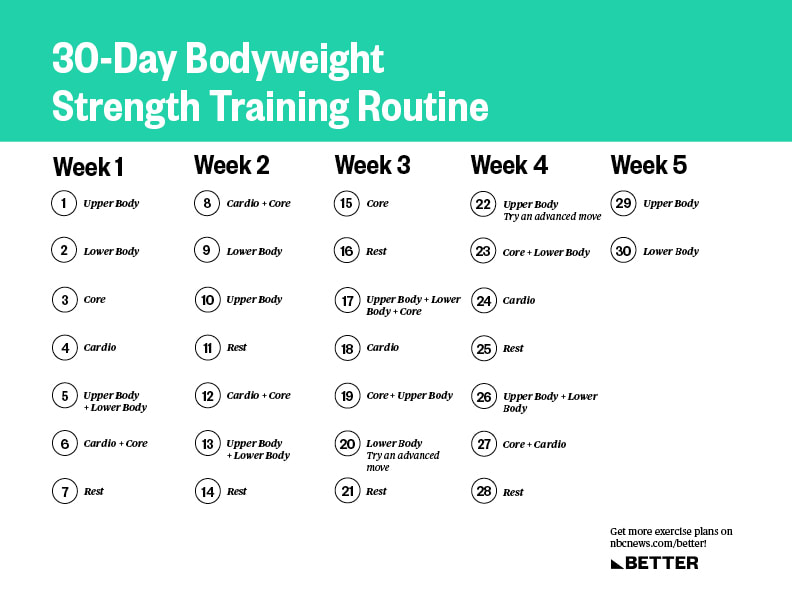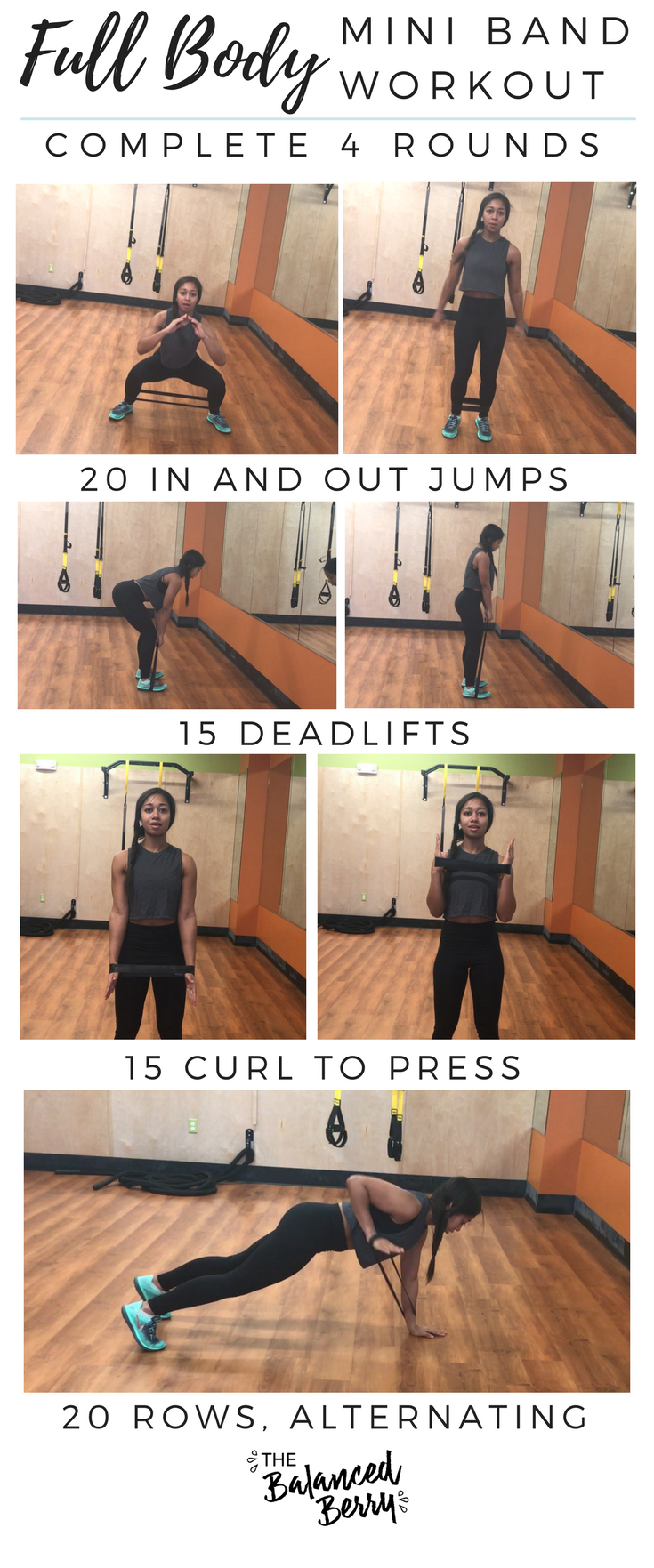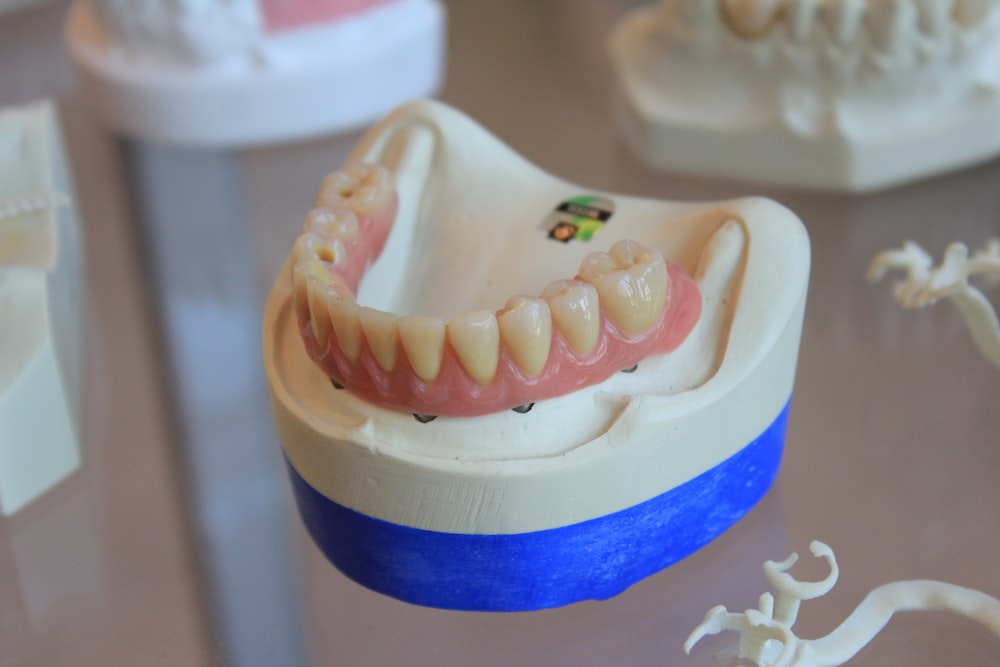Brighten Eyes Vitamin C Cream for Dark Circles Solution
Introduction: Brighten Your Eyes with Vitamin C Cream
Dark circles under the eyes can be a bothersome issue, often making us look tired and older than we feel. Fortunately, there are solutions available to help brighten and rejuvenate the under-eye area. One such solution is vitamin C cream, known for its ability to address dark circles effectively. In this article, we’ll explore how vitamin C cream can be a solution to dark circles and how it works to brighten the eyes.
Understanding Dark Circles
Dark circles under the eyes can be caused by a variety of factors, including genetics, aging, lack of sleep, and dehydration. These circles are often exacerbated by thinning skin and a buildup of blood vessels or pigmentation in the under-eye area. As a result, the skin appears darker and more shadowed, giving the illusion of tiredness or fatigue.
The Benefits of Vitamin C
Vitamin C is a powerful antioxidant known for its ability to brighten and even out skin tone. When applied topically, vitamin C can help reduce the appearance of dark circles by lightening pigmentation and stimulating collagen production. Additionally, vitamin C has anti-inflammatory properties that can help reduce puffiness and swelling around the eyes, further diminishing the appearance of dark circles.
How Vitamin C Cream Works
Vitamin C cream works by delivering a concentrated dose of vitamin C directly to the under-eye area. The cream is formulated with stable forms of vitamin C, such as ascorbic acid or sodium ascorbyl phosphate, which penetrate the skin and target dark circles at the source. By inhibiting melanin production and promoting collagen synthesis, vitamin C cream helps brighten the under-eye area and reduce the appearance of dark circles over time.
Using Vitamin C Cream
To use vitamin C cream for dark circles, start by cleansing the face to remove any dirt, oil, or makeup residue. Gently pat the skin dry, then take a small amount of vitamin C cream and dot it along the orbital bone, avoiding direct contact with the eyes. Use your ring finger to gently pat the cream into the skin until fully absorbed, taking care not to tug or pull on the delicate under-eye area. For best results, use vitamin C cream twice daily, in the morning and evening, as part of your skincare routine.
Additional Tips for Brightening Eyes
In addition to using vitamin C cream, there are several other steps you can take to brighten and rejuvenate the under-eye area. Getting an adequate amount of sleep each night, aiming for 7-8 hours, can help prevent fatigue and reduce the appearance of dark circles. Additionally, staying hydrated by drinking plenty of water throughout the day can help plump the skin and reduce puffiness around the eyes. Read more about vitamin c cream for dark circles

















